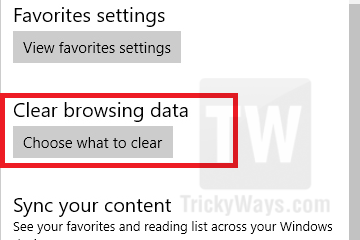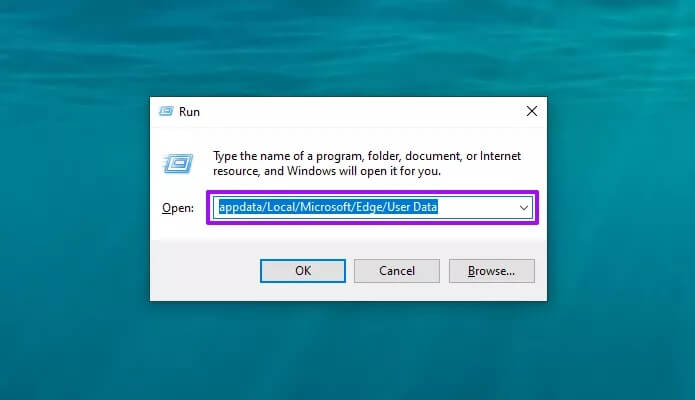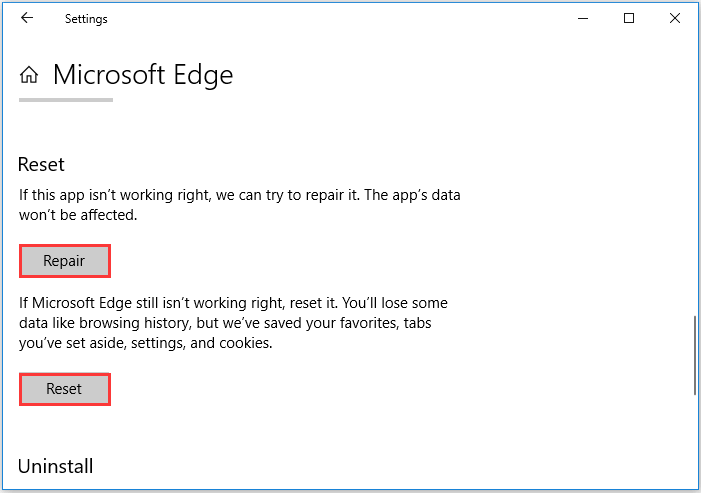

Re-install the default Edge client on your machine with a PowerShell command.ġ. Restart your computer and try to open the Edge again. Once you have deleted all the folders, close the File Explorer screen. Right-click on the selected folders and click on “ Delete“.Ħ. Select all the folders related to Microsoft Edge. When you have opened the Packages folder, look out for the folders related to ‘Microsoft Edge’.ĥ. When the Appdata window opens up, go to this location- Local > PackagesĤ. Here, type this location and click on “ OK“. Try to Open Edge again Fix 2 – Delete corrupted packagesĬlear the corrupted packages from your computer.ġ. Fix 5 – Modify the Group Policy settingsįix 1 – End process of edge in task managerġ – Open Task manager by pressing CTRL + SHIFT + ESc keys jointly from keyboardģ – Locate edge processes related with edge, right click and choose end process tree.Fix 1 – End process of edge in task manager.Windows 11 and 10 feature the ability to automatically reload various stock apps-including Microsoft Edge-after a system restart. Stop Windows From Restarting Apps Automatically

Exit Windows PowerShell or Terminal and restart your computer. REG ADD HKLM\SOFTWARE\Policies\Microsoft\MicrosoftEdge\TabPreloader /v AllowTabPreloading /t REG_DWORD /d 0ģ.


Right-click the Start button and select Windows PowerShell (Admin) or Windows Terminal (Admin).Ģ. Instead of using the Registry Editor (regedit), the most convenient way is to run a couple of commands via Windows PowerShell or Terminal.ġ. If you use the Home edition of Windows 10/11, you can modify the system registry to prevent Microsoft Edge from pre-loading at computer startup. Disable Edge Preloading via Windows Terminal


 0 kommentar(er)
0 kommentar(er)
